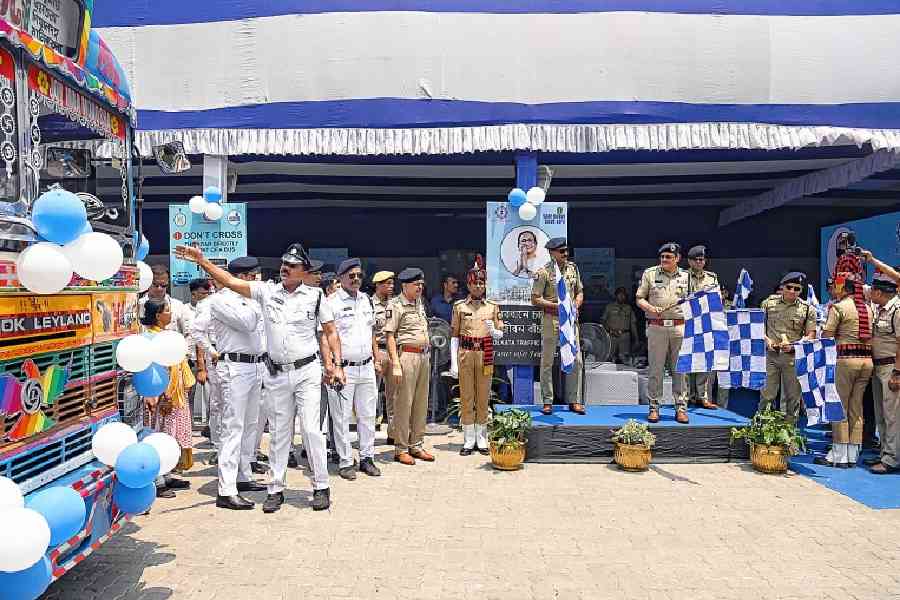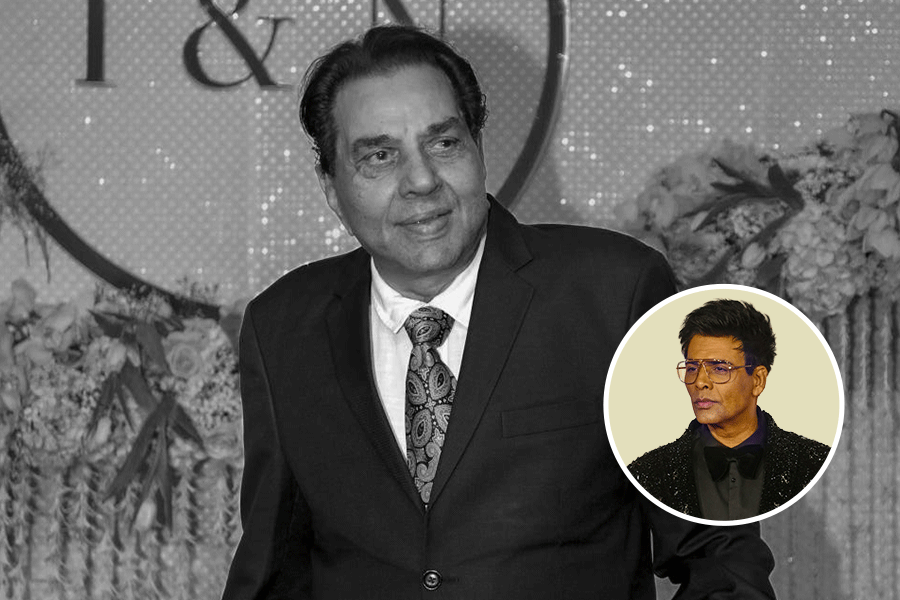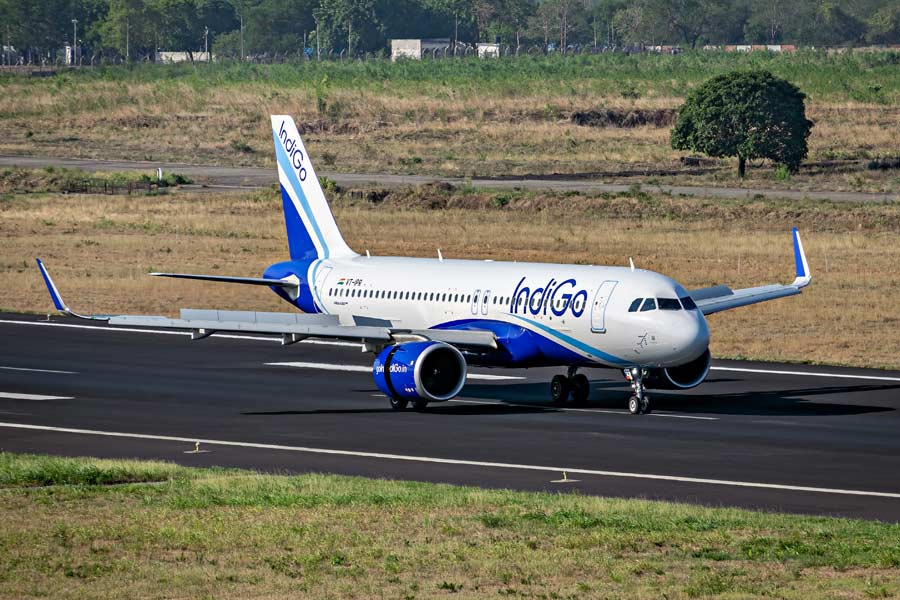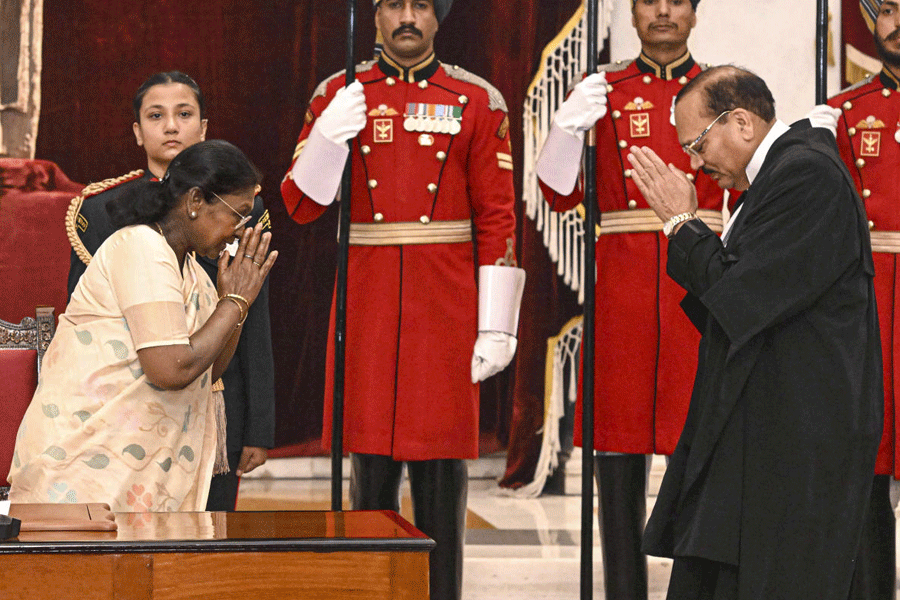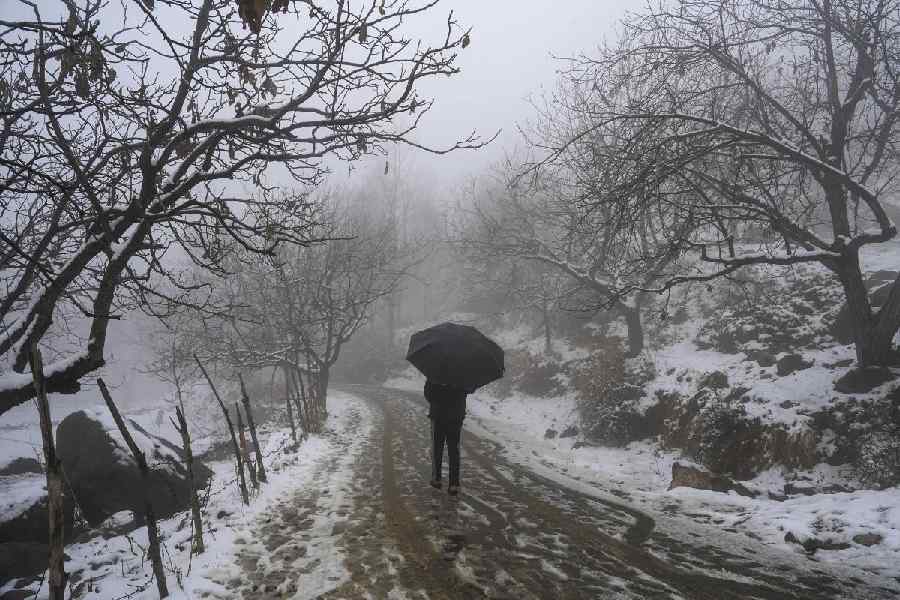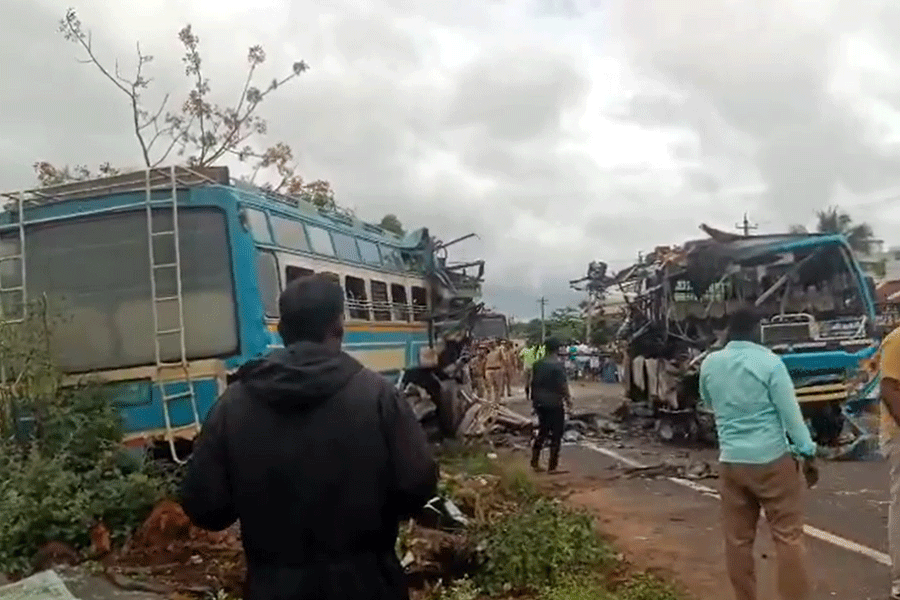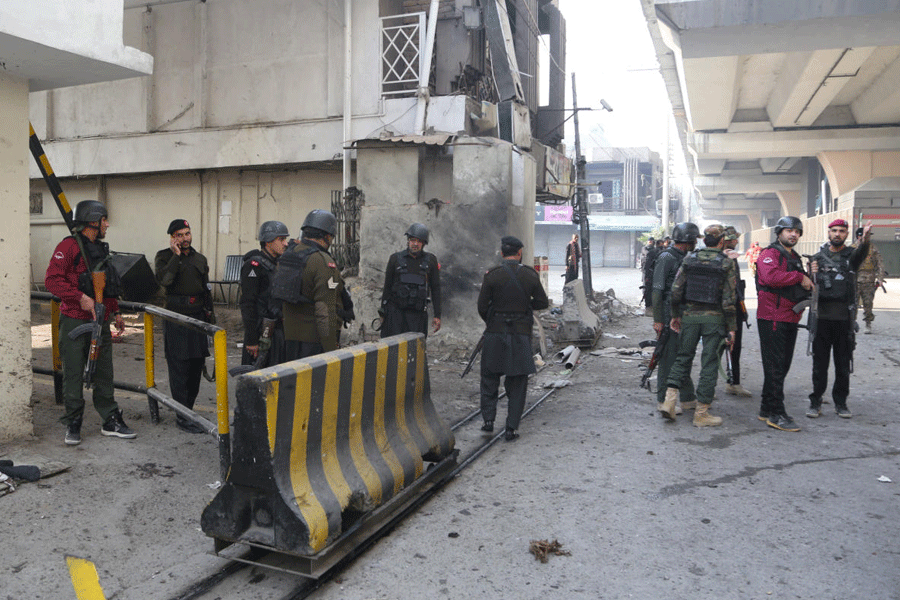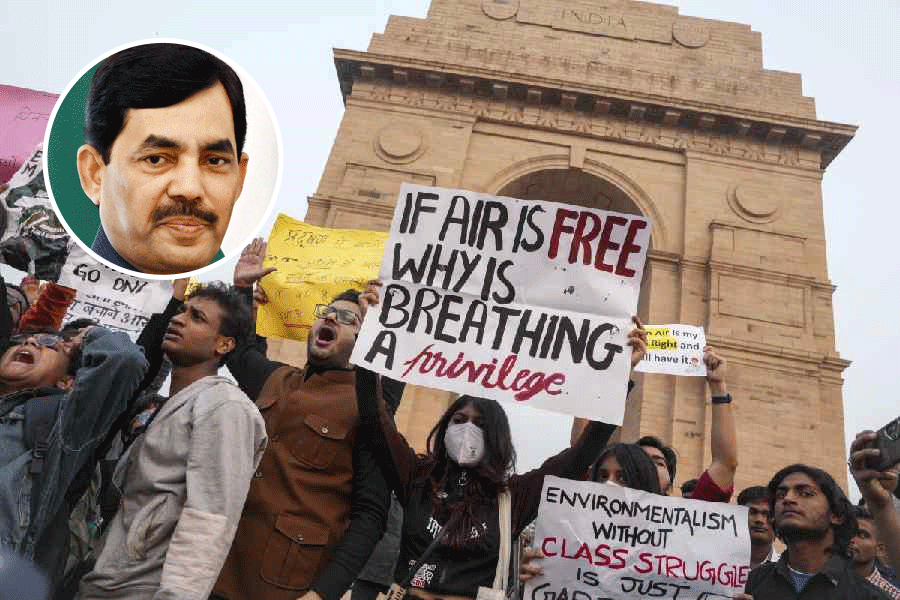One in four bus accidents in the city happen because drivers fail to see people or objects in their blind spots, police officers said on Friday.
Areas around the vehicle that the driver cannot easily see are called blind spots.
On Friday, Calcutta police commissioner Manoj Verma handed over blind spot detection mirrors to several bus owners at a programme in BBD Bag.
Additional commissioner-I D.P. Singh was also present at the programme.
In most accidents, the drivers were found to be ignorant of what a blind spot was. Some drivers said they couldn’t spot the victims on the rear-view mirrors.
Most of Calcutta’s buses are old and rickety. They lack proper rear and side-view mirrors. Even if they have the mirrors, drivers are often ill-trained or in such a hurry that they do not look at them.
Buses have four blind spots — two on the left and right side of the driver’s cabin, the portion immediately below him and 10 feet in the rear section.
Experts said the front danger zone extends 10 feet from the front of the bus and is the most dangerous blind spot, as the driver cannot see if someone is crossing immediately in front.
The blind spot in the rear zone is also a challenge, with drivers unable to see anything up to 12 feet behind the vehicle.
“While analysing some of the accidents, we realised that a section of bus drivers are not aware that blind-spot detection mirrors can be of great help,” deputy commissioner (traffic) Yeilwad Shrikant Jagannathrao told Metro.
“Since most private buses don’t have such mirrors fitted, we decided to fit some of them with these convex mirrors. New buses come fitted with such mirrors,” he said.
Kolkata Traffic Police data show that at least four fatal accidents involving buses this year were caused by blind spots. In 2024, the number of fatal accidents involving buses because of blind spots was 13, two more than the year before.
“The percentage of fatal accidents involving buses because of blind spots has varied between 23 and 24 per cent over the last few years, and this is alarming,” said a senior officer of the Kolkata Traffic Police.
“All the 26 traffic guards across the city and under the jurisdiction of Kolkata Police have been instructed to distribute such glasses to private bus owners over the next few days. The idea is to reduce accidents by bringing about small but effective changes,” the officer said.
In January, a five-year-old girl lost his mother in an accident in Jadavpur, possibly because the two-wheeler she was riding with her parents came into a blind spot of the government bus that knocked it down, police said.
Tapas Mondal was riding a motorcycle with his wife Debasree and daughter Ankita, when a government bus on route E-1 (Jadavpur-Howrah) hit the two-wheeler from behind on Raja SC Mullick Road in Jadavpur.
Debasree fell on the road, and a rear wheel of the bus went over her head. She was rushed to Baghajatin State General Hospital, where she was declared dead. Tapas fractured his right hand, while Ankita escaped unhurt.
“Senior officers visited the accident site and spoke to eyewitnesses. After analysing all the aspects, we realised that the two-wheeler came in the blind spot in front of the bus,” a senior officer of Kolkata Police said.

